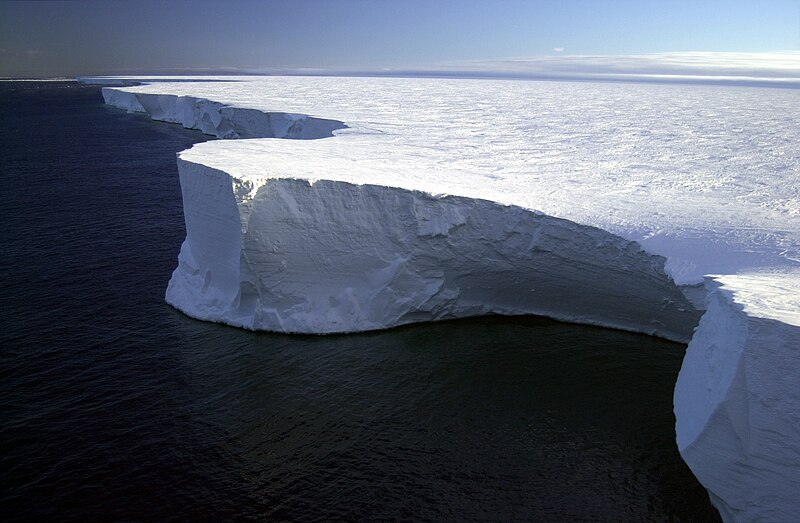Mynd:Research on Iceberg B-15A by Josh Landis, National Science Foundation (Image 4) (NSF).jpg
Jump to navigation
Jump to search


Stærð þessarar forskoðunar: 800 × 523 mynddílar Aðrar upplausnir: 320 × 209 mynddílar | 640 × 418 mynddílar | 1.024 × 669 mynddílar | 1.280 × 837 mynddílar | 1.995 × 1.304 mynddílar.
Upphafleg skrá (1.995 × 1.304 mynddílar, skráarstærð: 1,35 MB, MIME-gerð: image/jpeg)
Breytingaskrá skjals
Smelltu á dagsetningu eða tímasetningu til að sjá hvernig hún leit þá út.
| Dagsetning/Tími | Smámynd | Víddir | Notandi | Athugasemd | |
|---|---|---|---|---|---|
| núverandi | 11. september 2007 kl. 00:12 |  | 1.995 × 1.304 (1,35 MB) | Flickr upload bot | Uploaded from http://flickr.com/photo/39735679@N00/435955203 using User:Flickr upload bot |
Skráartenglar
Eftirfarandi síða notar þessa skrá:
